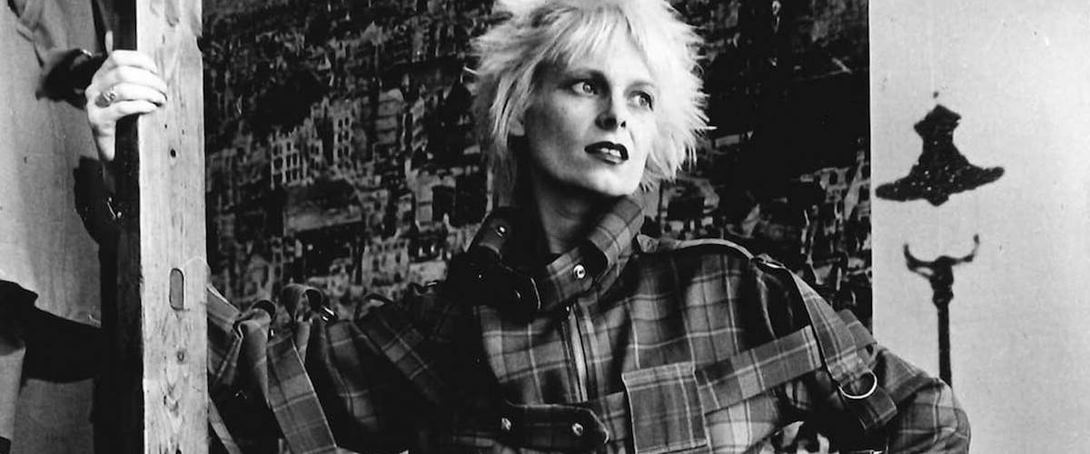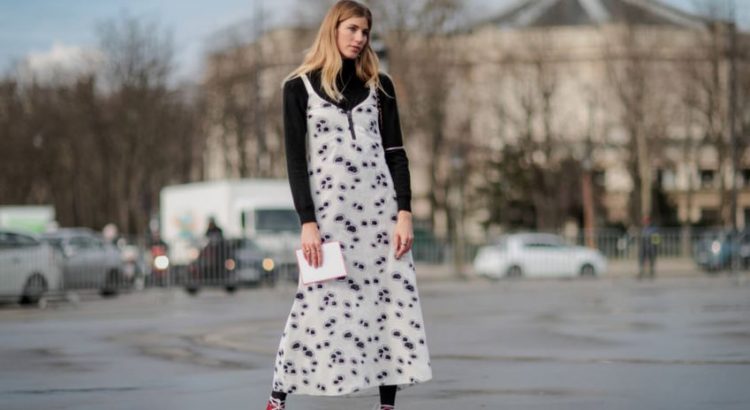Fashion has always been influential throughout history. It’s a form of expression often tied to trends, culture, and lifestyle. But fashion can also move in the opposite direction—anti-fashion. Anti-fashion rejects traditional clothing definitions by turning the status quo on its head and transforming what was once considered “conventional” into something that stands out and makes a statement – reminding people there are no boundaries when creating your look. From punk rockers rebelling against mainstream culture in the 70s to gender-neutral styles becoming more widely accepted today, join us as we explore the fascinating history of anti-fashion and how it continues to evolve.
What is anti-fashion?
The “anti-fashion” style is a way of thinking about fashion that differs from what most people think. In fashion theory, the term “anti-fashion” usually refers to clothing worn by people trying to be different from everyone else, especially in the 1990s. These styles often reflect political and social views that differ from what most people believe.
The history
People in different groups wear clothes that show their ideas. For example, in the sixties, people who disagreed with the government wore clothes to show this. In the seventies, punk people wore clothes to show their ideas. In the nineties, grunge people wore clothes to show their ideas. People who do not follow fashion rules try to say that anyone can be beautiful or acceptable.

In the 1970s, British people had a lot of reasons to start revolutions. They were against war and wanted peace. They also did not like how there were strict gender roles. And they thought the clothes from the 1960s were too flashy. Vivienne Westwood was a designer who made clothes that went against the norms.
In the 1980s, many Japanese fashion designers became famous for their unique styles. This style was different from what was popular then, and people began to call it “anti-fashion.” Anti-fashion became more popular because of globalization, the fall of communism, and other changes in the world. These designers were trying to rebel against the superficiality and luxury of fashion at the time by shocking people with their different styles. The methods for sewing and making clothing were already known, but some people were speaking out against fashion. For example, Yohji Yamamoto and Rei Kawakubo said they did not like the existing system.
Clothes with torn edges, wrinkled fabrics, unusual hems, and loose cuts look unfinished. It is another key characteristic of anti-fashion. Even though the images look carefully thought out, they are entirely done without anyone noticing.
The anti-fashion trend started to become famous in the 1990s. It was when young European designers joined the movement. They wanted to change how fashion designers from the previous generation designed their clothes. Prominent representatives of the movement were fashion designers from the Antwerp Six collective, particularly Anne Demelmeister. The anti-fashion features were also in Martin Margiela’s work and later – another Belgian designer, Raf Simons.


